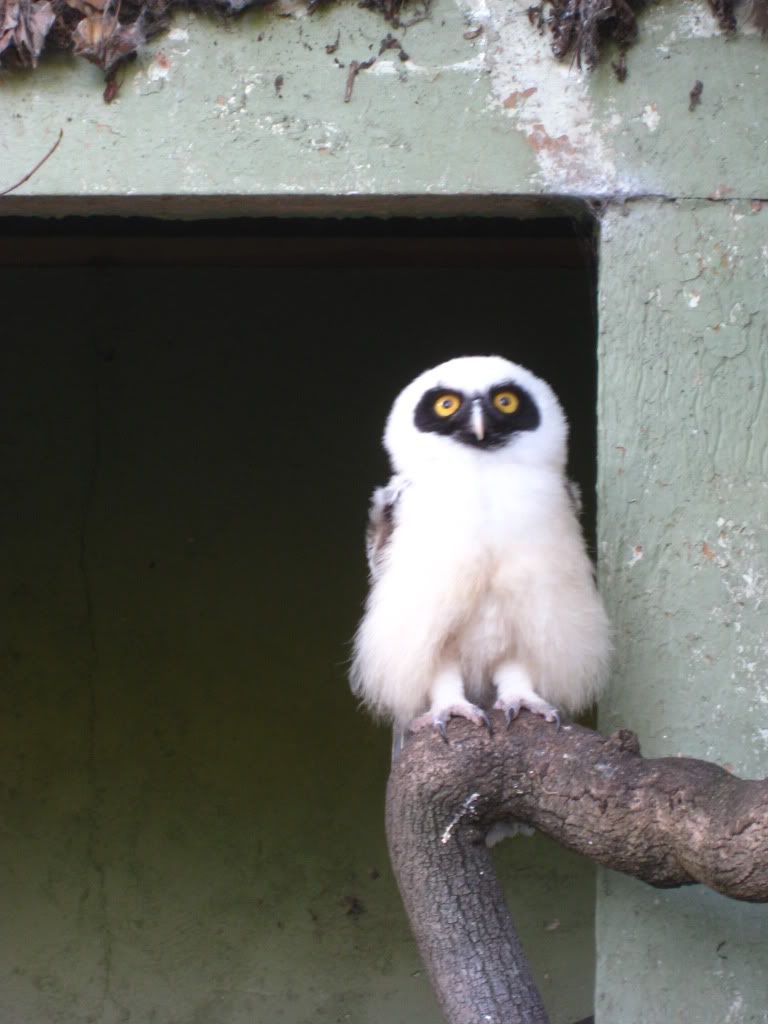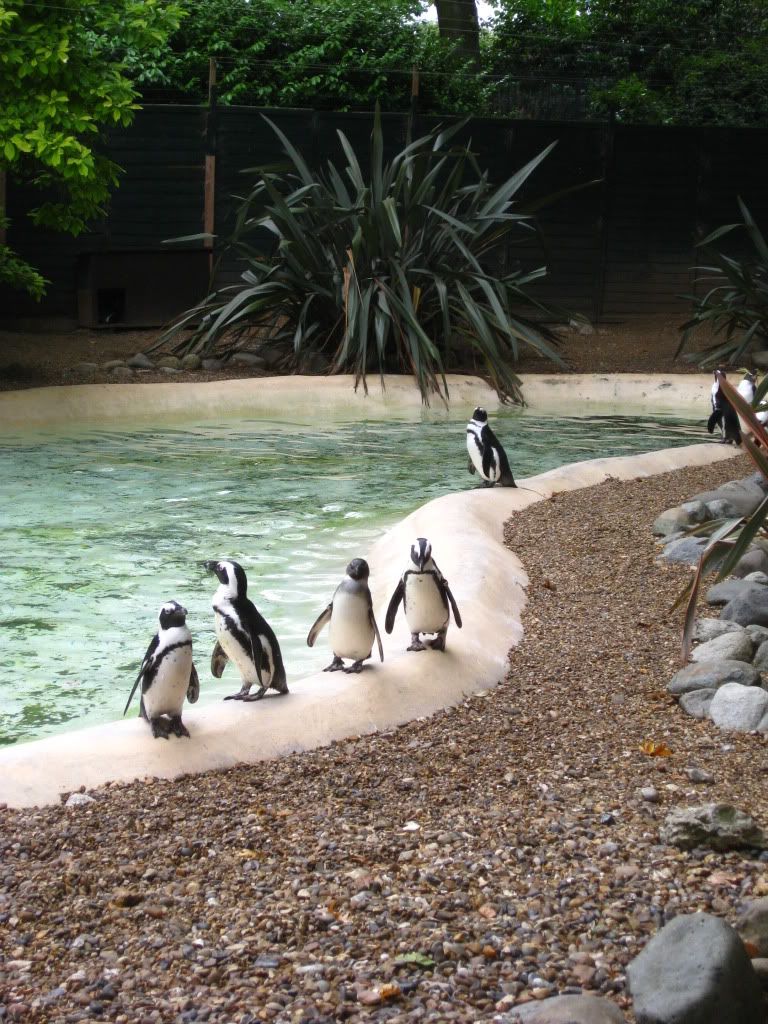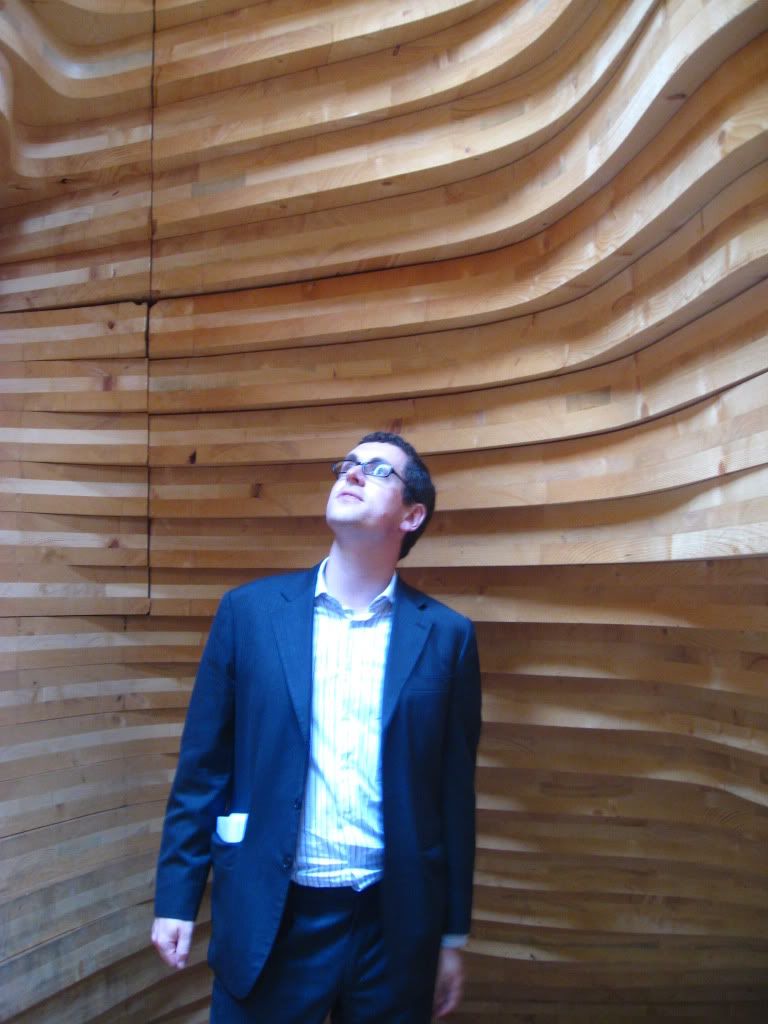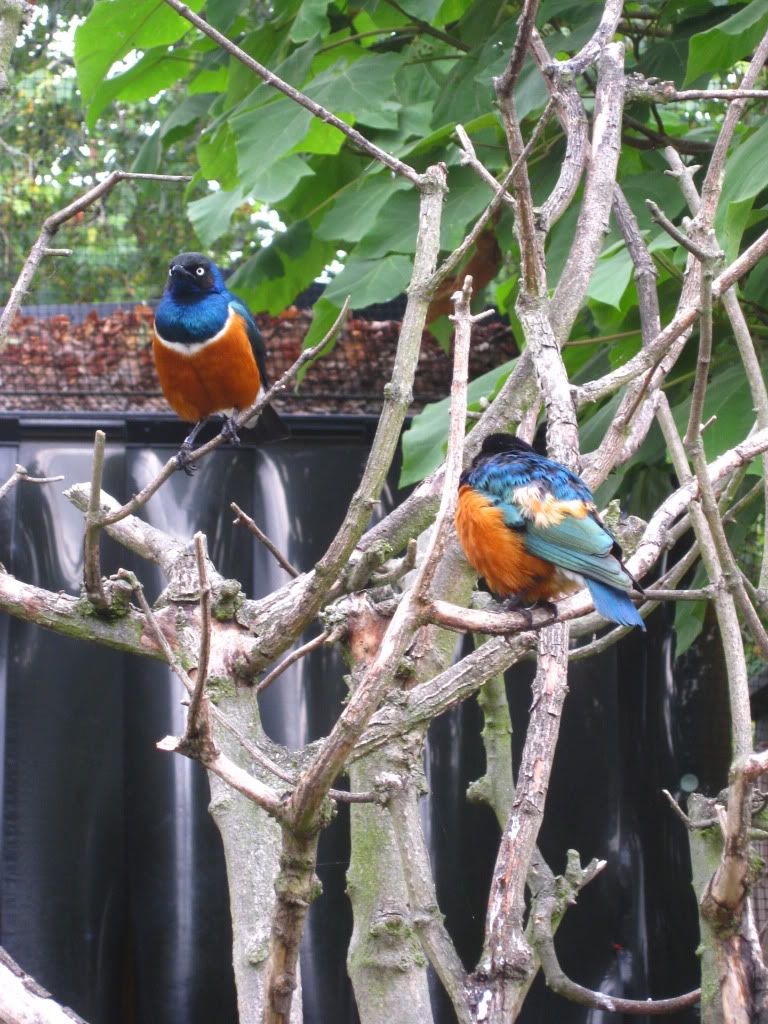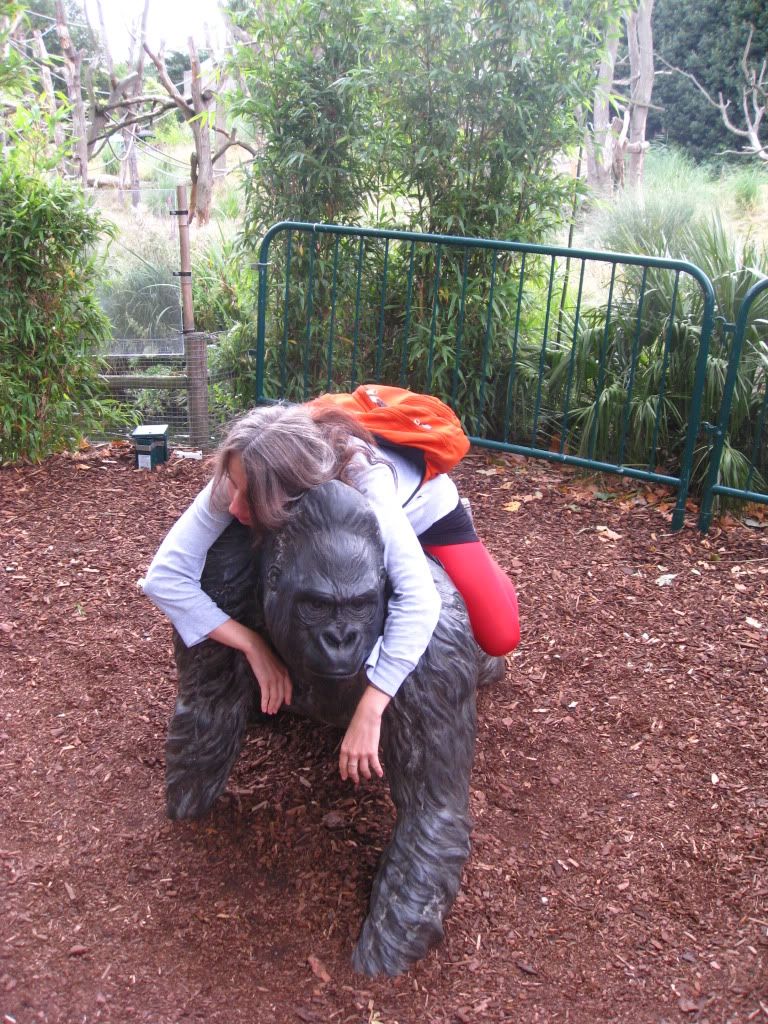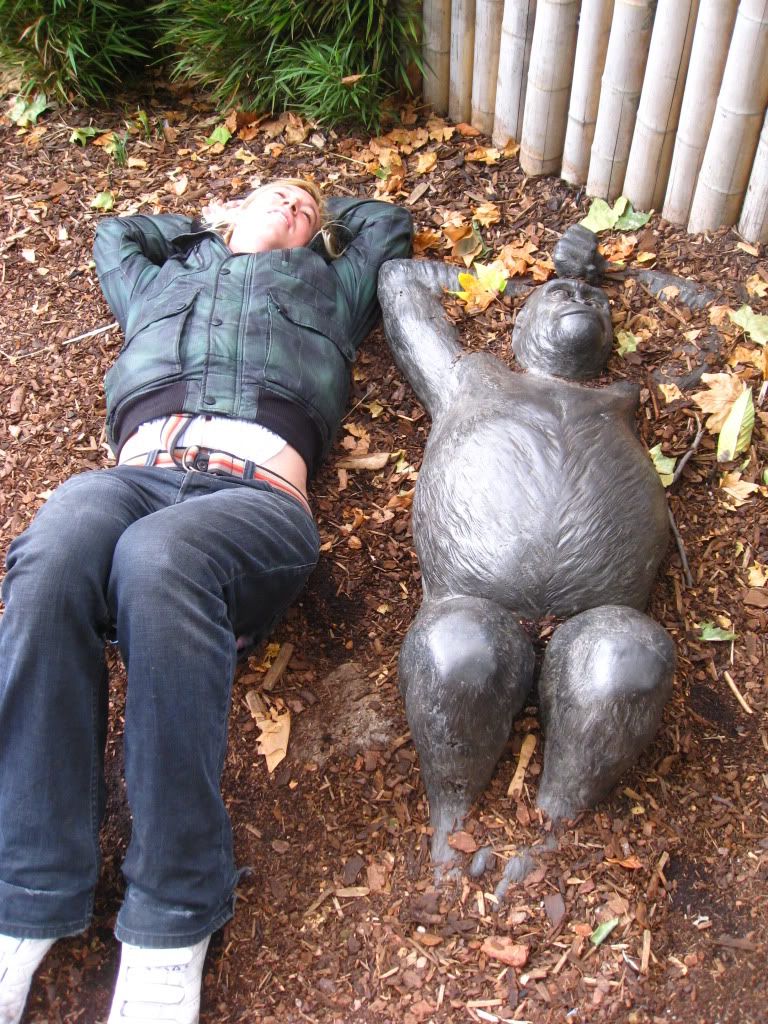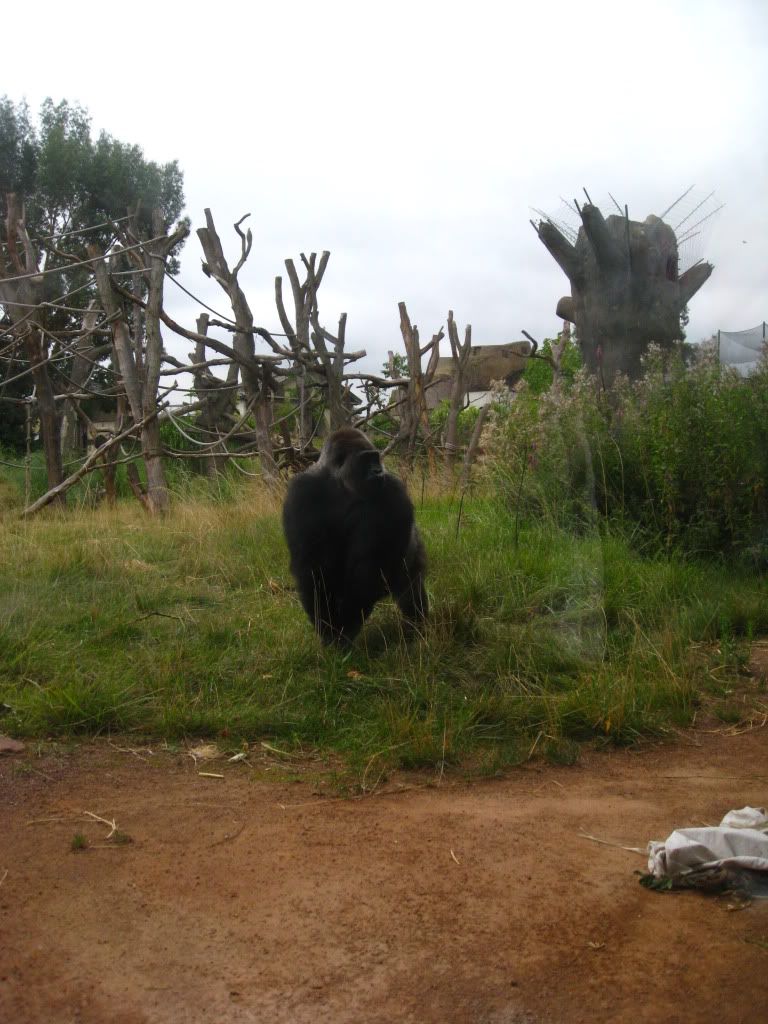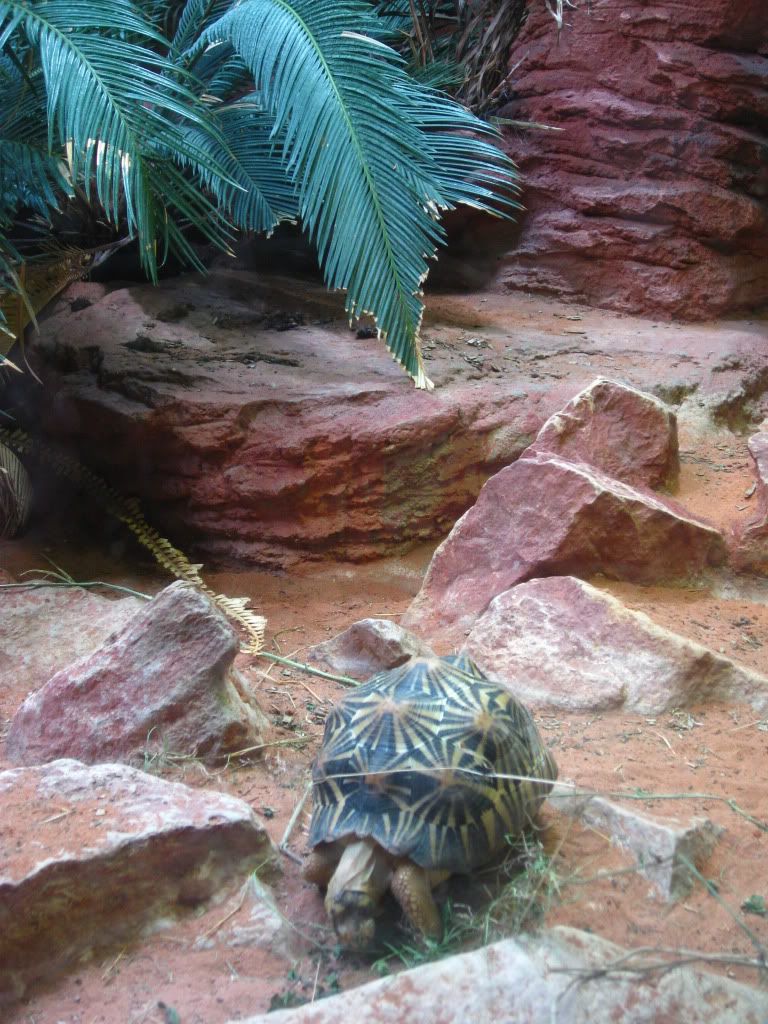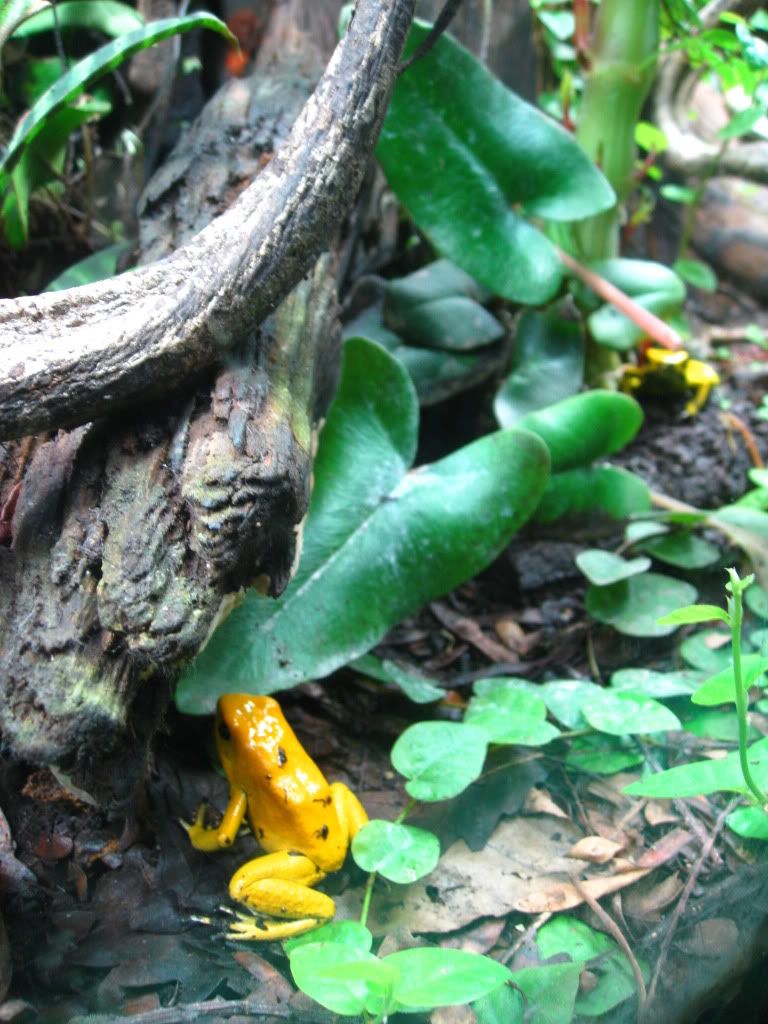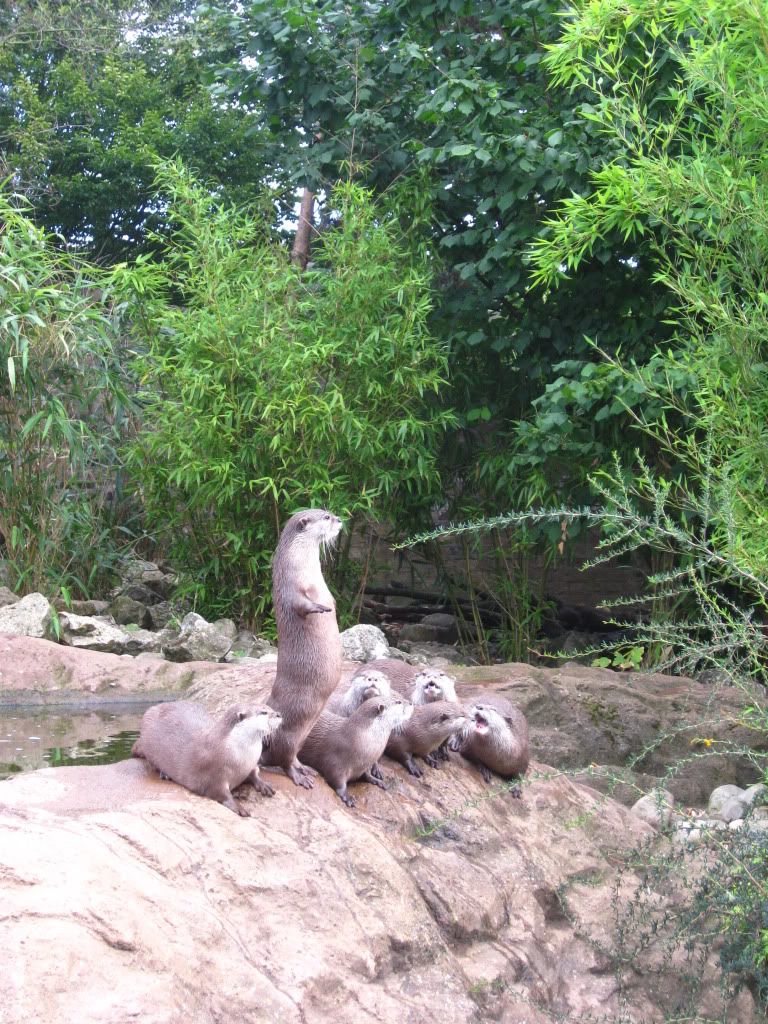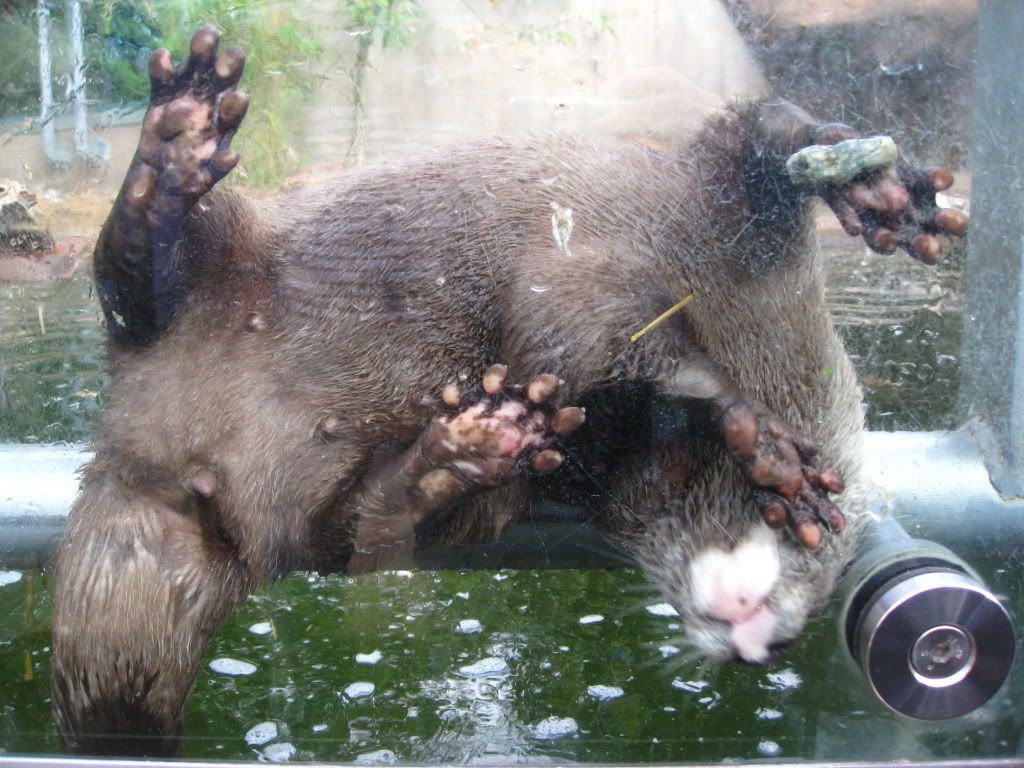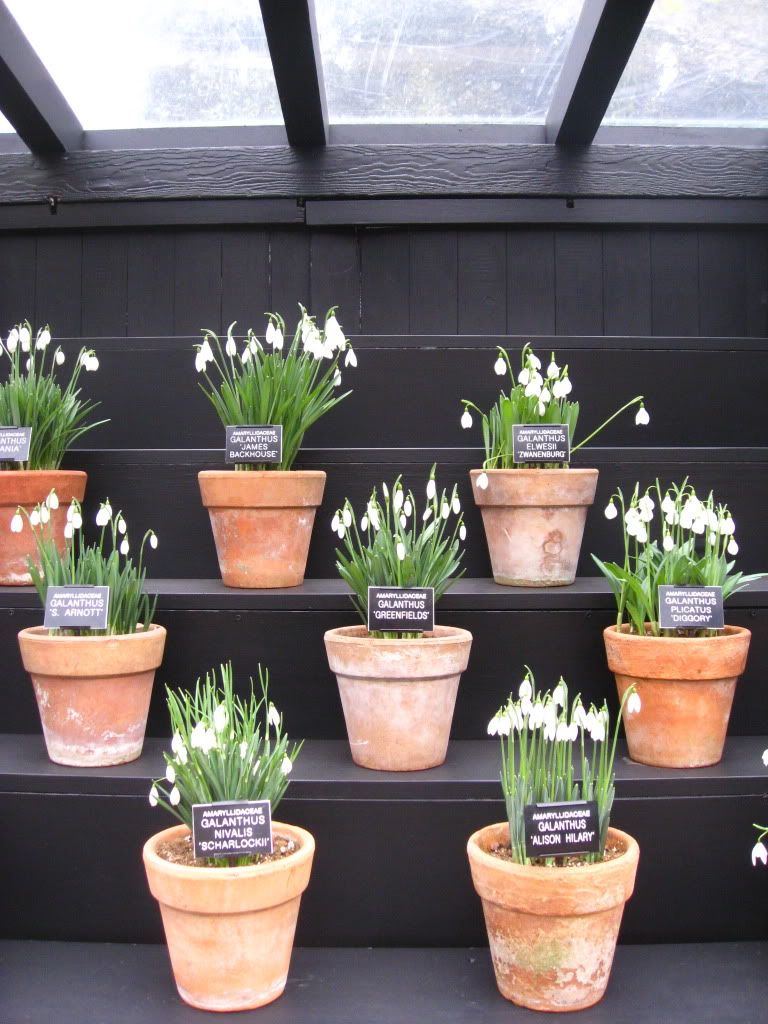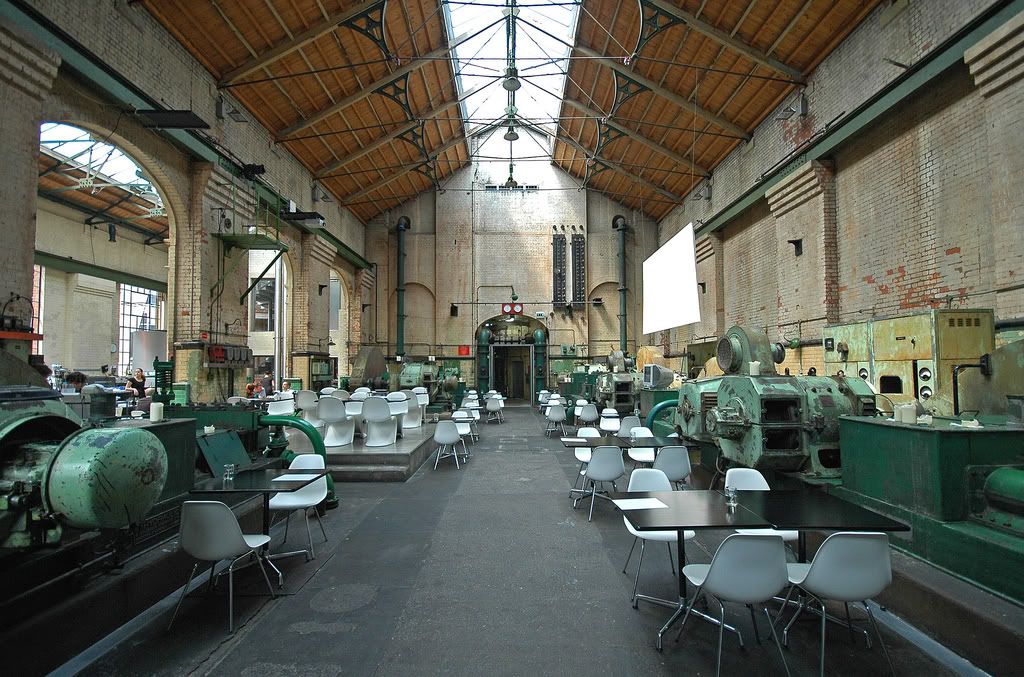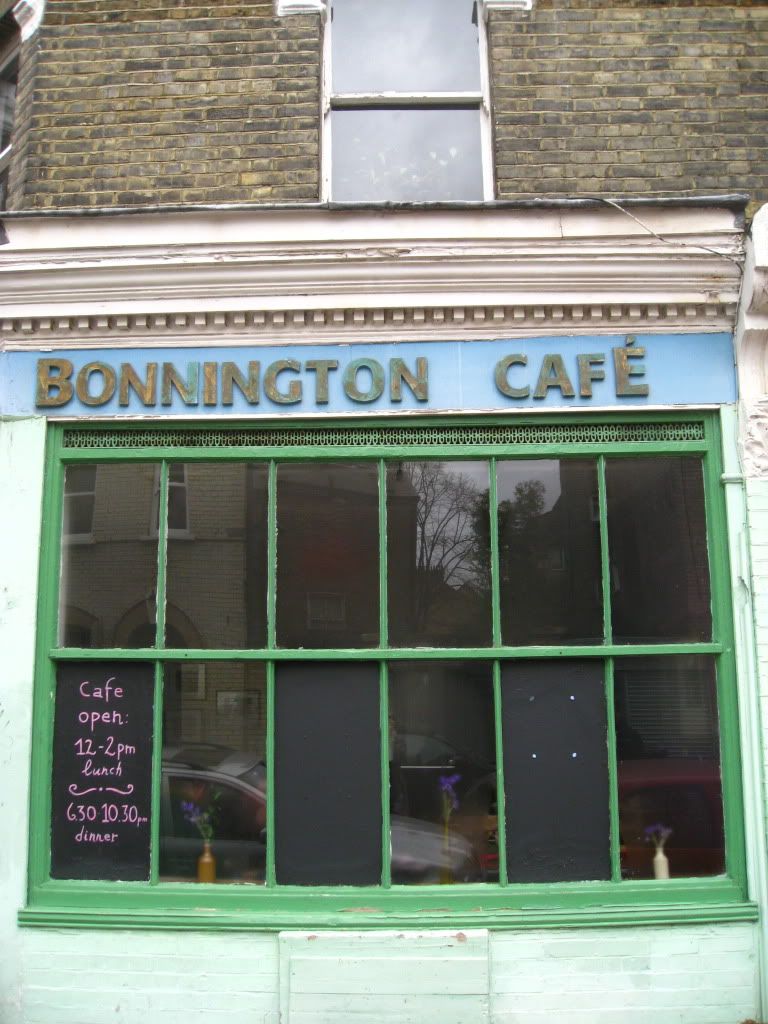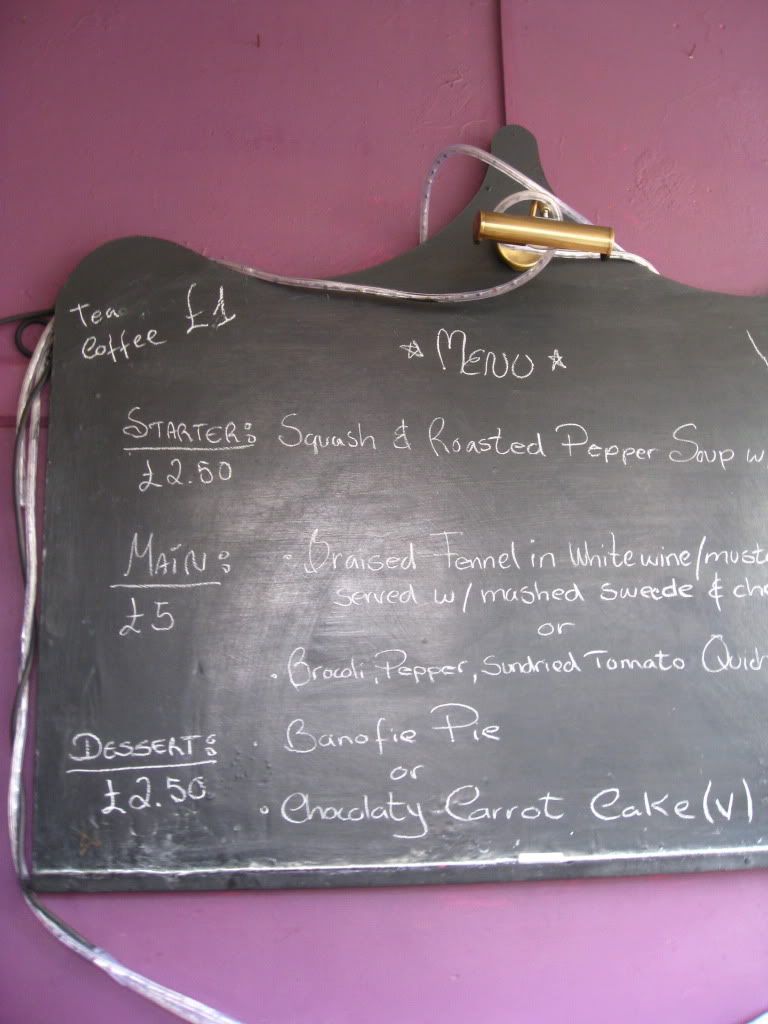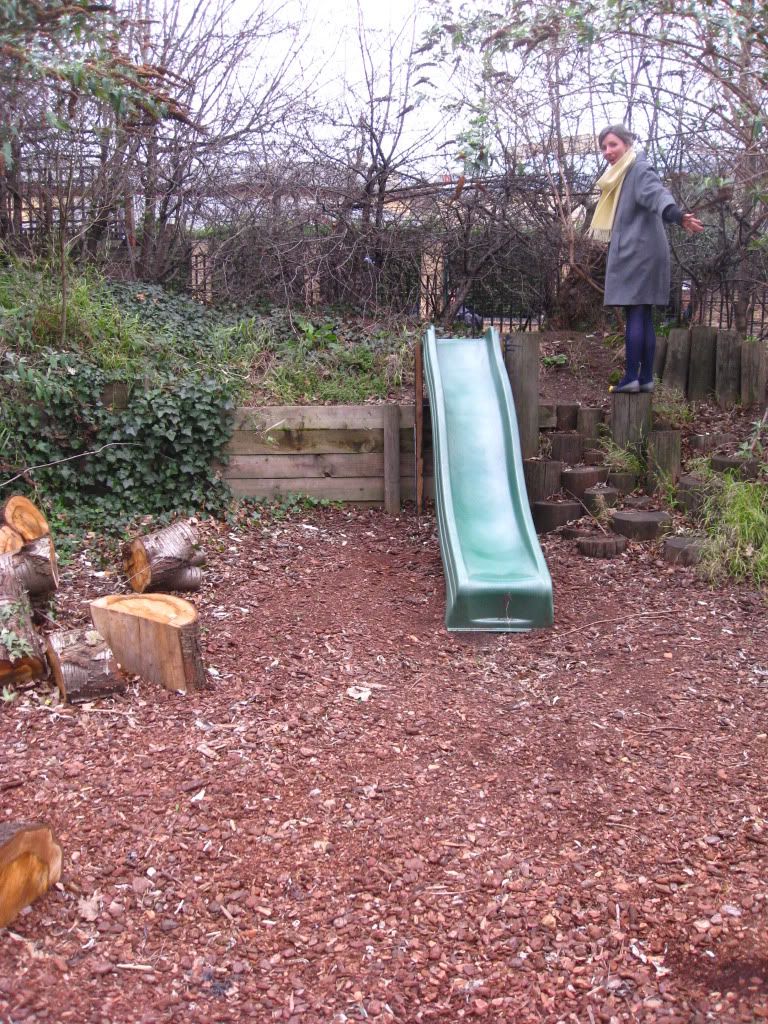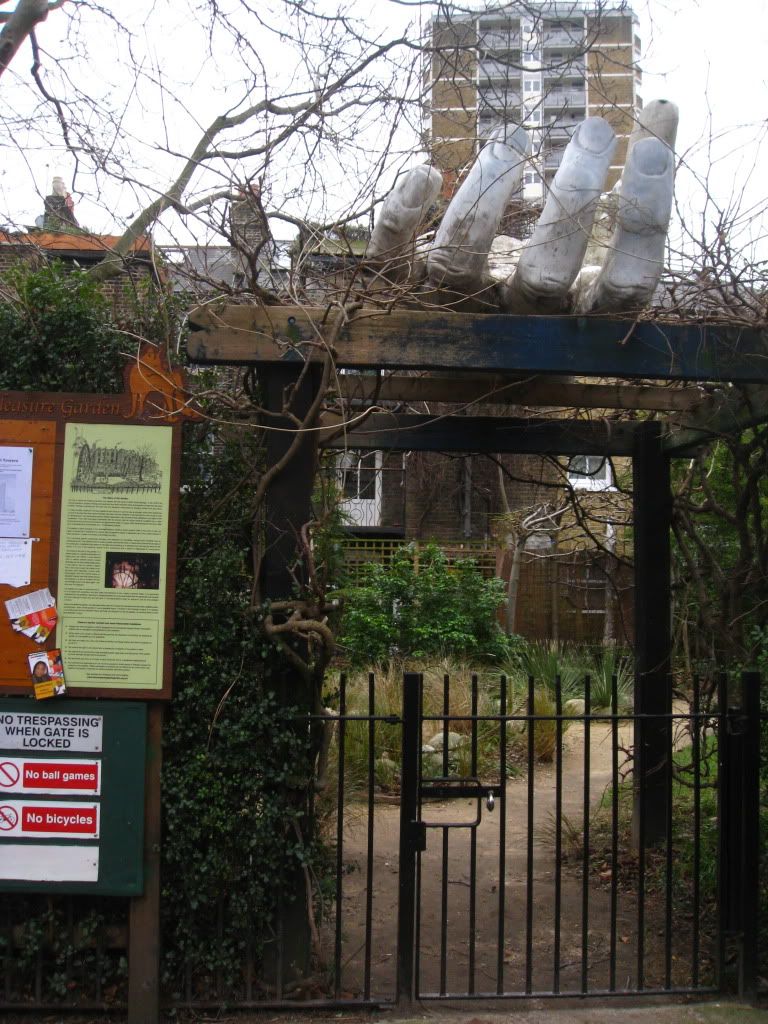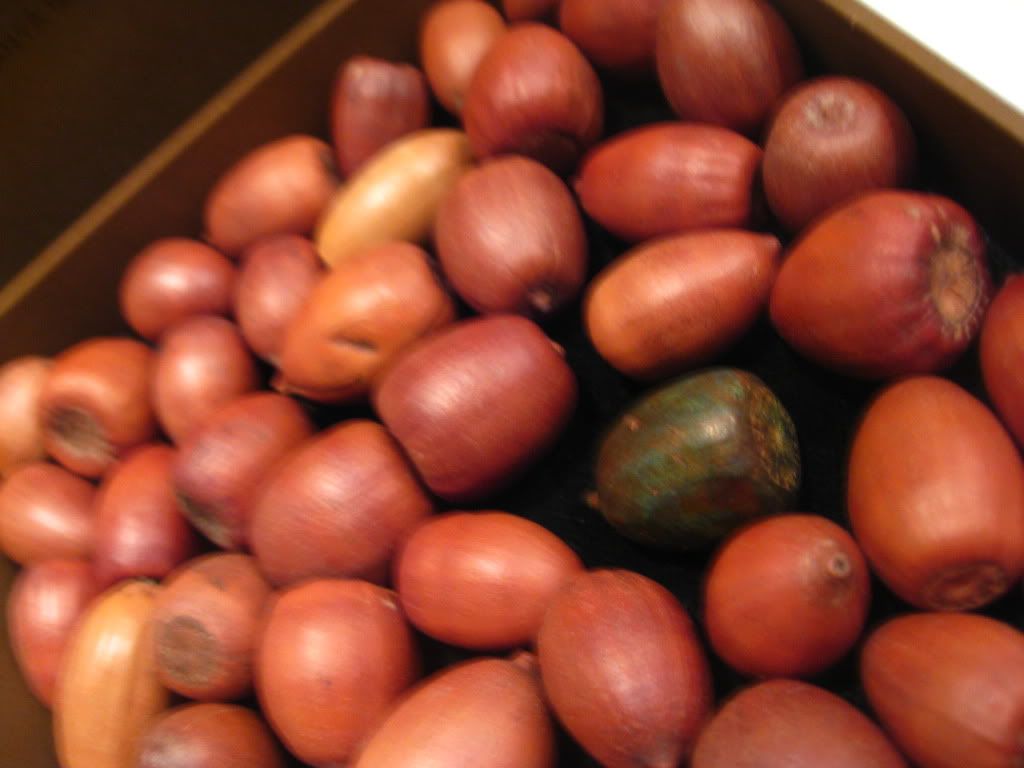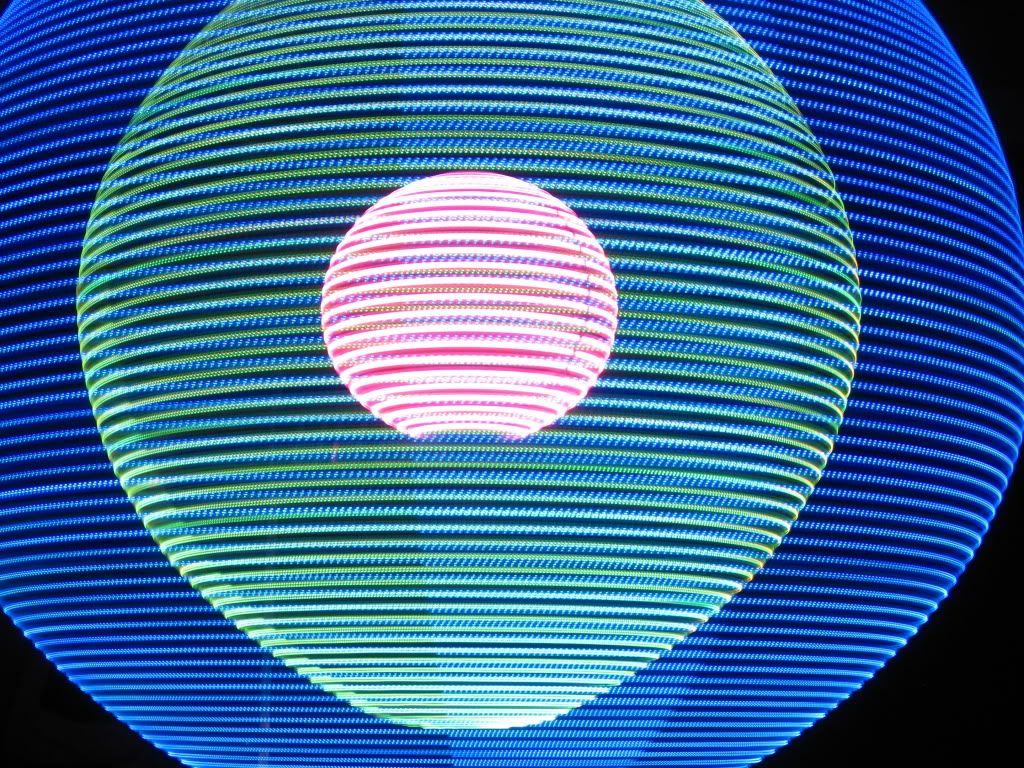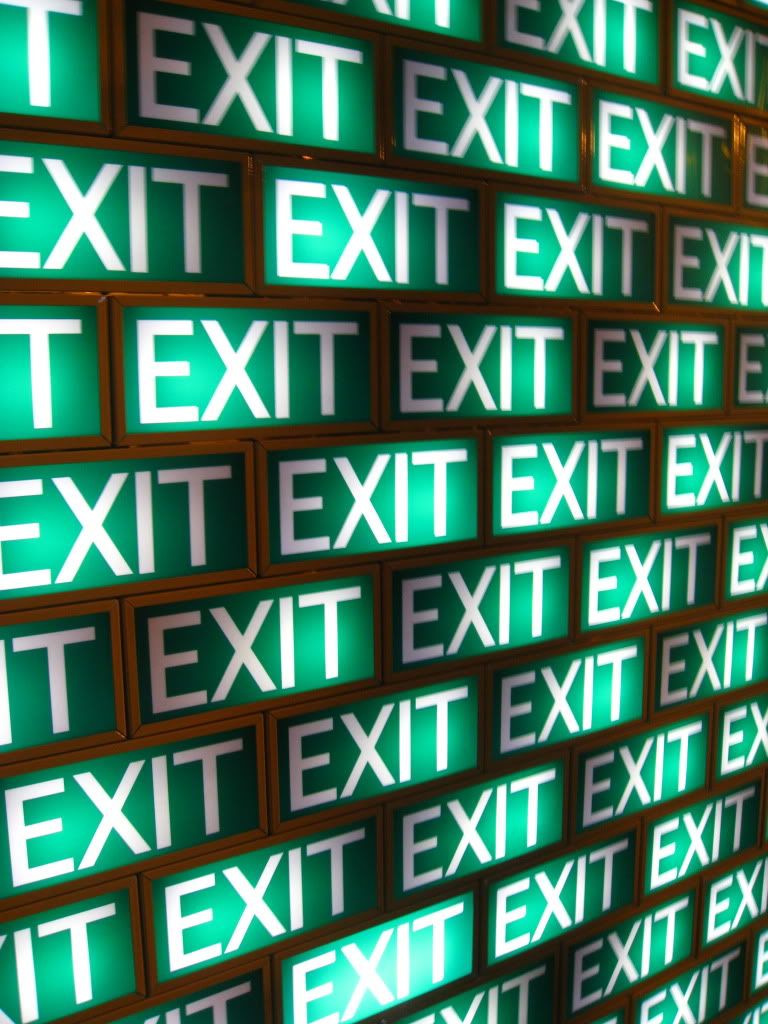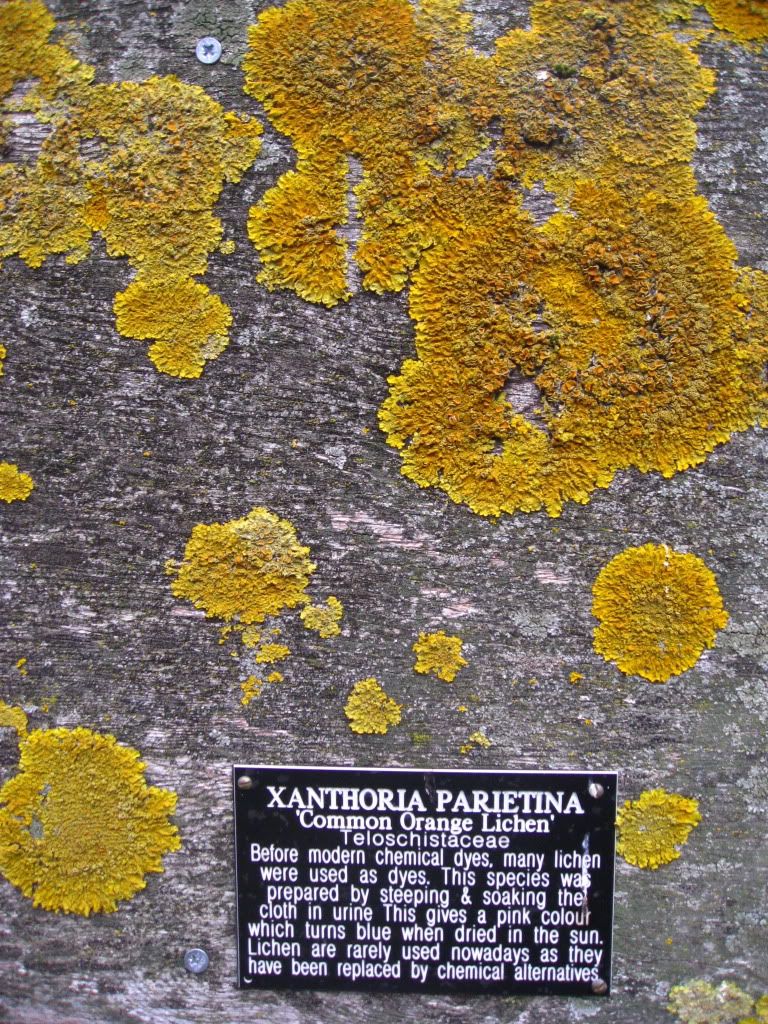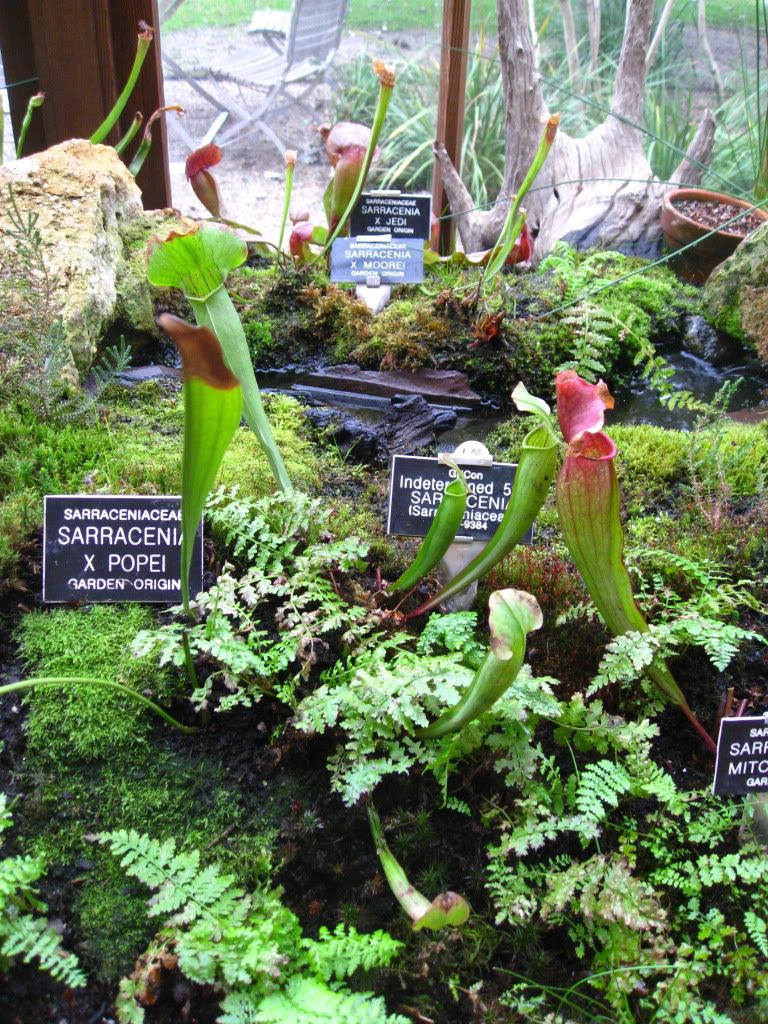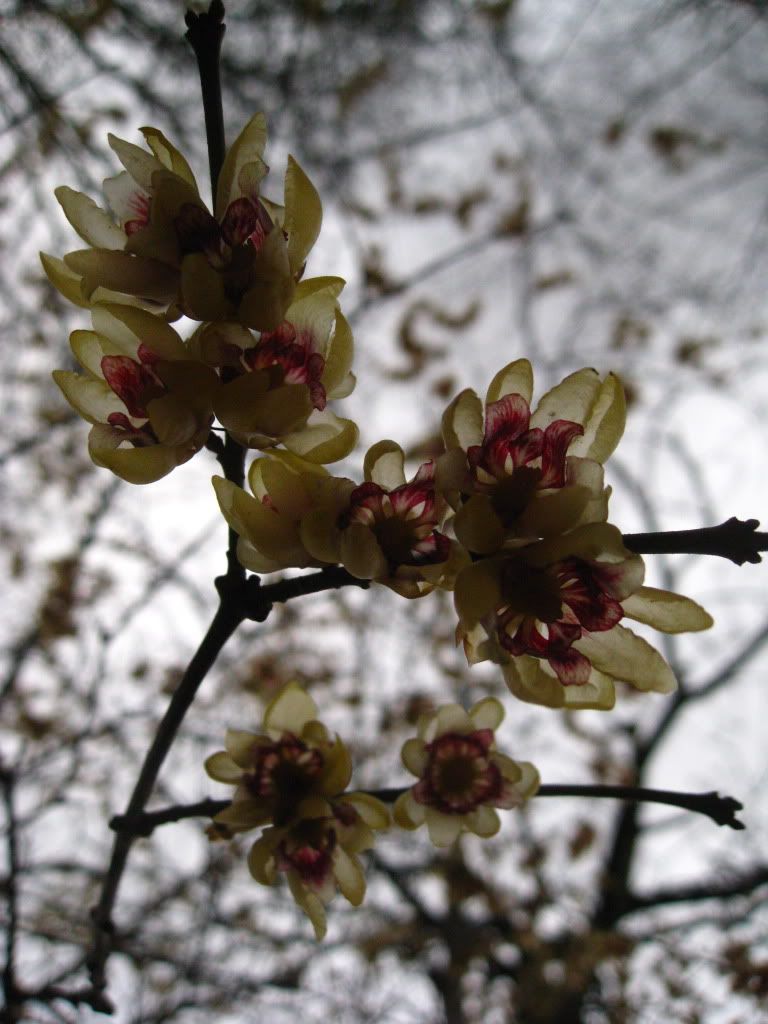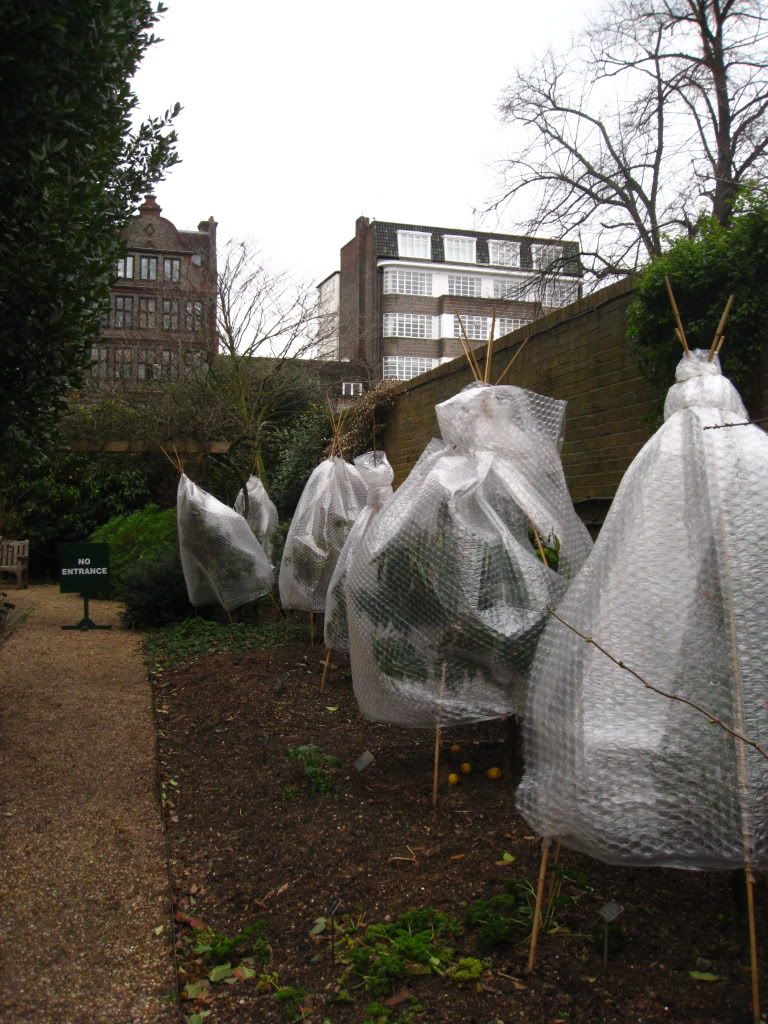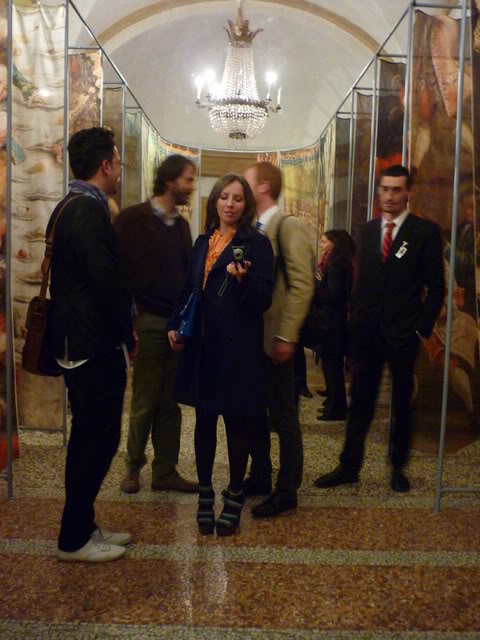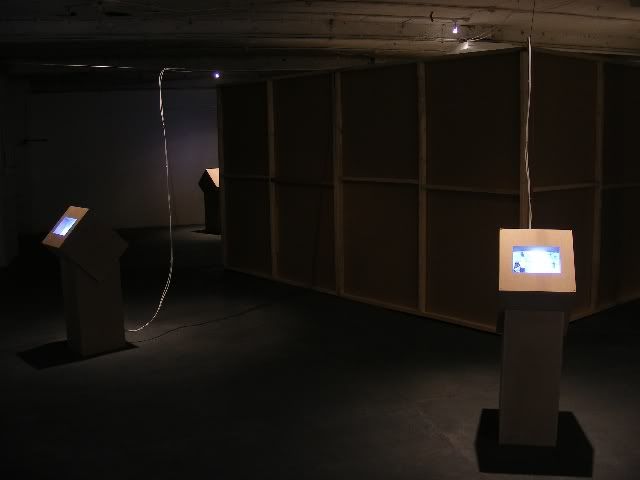 (Installation view. Image courtesy of Mark Selby)
(Installation view. Image courtesy of Mark Selby)
Unobtrusive Measures at Schwartz Gallery should win an award. That the award ought to be something along the lines of "most surprisingly good exhibition given a hopelessly rubbish press release" need not put you off a visit to Hackney Wick.
Case in point:
"In the strong and consistent rhetoric within anti-techne sectors of culture, the potential loss of physicality and hence humanism, is offered as the primary concern. The endpoint of this narrative replaces the body into binary script; our ultimate transcendence into the virtual and the loss of nuance in direct, physical interaction. Communication transmogrified through the unobtrusive measures of technology."
Why this reliance on pseudo-mystical, utterly meaningless language? Why do curators feel the need to explain, thereby justify, the work of their artists with painfully constructed paragraphs?
Back in the press release it's all blah, blah, blah; more arty bollocks speak about the work of the involved artists, and to close:
"In the exhibition itself, you will not engage with this materiality or experience the works in the method through which the artists would normally intend. Placed within an interior sealed cube in the gallery space, the works will be converted, co-opted and quite dictatorially subsumed into my own installation, intervention and curatorial direction; ironically, a hugely obtrusive act. Though they may still be observed and recorded through the glaring lens of a series of CCTV cameras and monitors, the viewer will be placed on the outside looking in. Frustrated, excluded or voyeuristic-ally enthralled, the experience is still a physical one, only not with the intended object but the mediating apparatus of an unobtrusive measure."
I recently reread George Orwell's essay, "Politics and the English Language", and there's one bit in particular that reminded me of the uncanny ability artists and curators have to turn plain old English into what Orwell calls "modern English". Here Orwell translates a passage of "good English" into "modern English of the worst sort"
Here is a well-known verse from Ecclesiastes:
I returned and saw under the sun, that the race is not to the swift, nor the battle to the strong, neither yet bread to the wise, nor yet riches to men of understanding, nor yet favour to men of skill; but time and chance happeneth to them all.
Here it is in modern English:
Objective considerations of contemporary phenomena compel the conclusion that success or failure in competitive activities exhibits no tendency to be commensurate with innate capacity, but that a considerable element of the unpredictable must invariably be taken into account.
These days, exhibition texts, press releases and artists statements are so uniformly badly written that I often wonder whether some genius techie hasn't created a website (circulated amongst art students, naturally) to translate good English into modern English - an Orwellian babelfish.
Anyway, I'm rather a way away from where I wanted to be. Which is a discussion of the show. Which is kind of my point. There's something about all this nonsensical nonsense that detracts from the exhibition itself. I almost didn't go to the show because I was so put out by the incomprehensibility of the press release. Luckily, I did ultimately drop in, but I now find it difficult to discern whether I'm so pleased with the show because my expectations were, well, let's just say I didn't have any expectations, or because the show was actually good.
If not great, the show was certainly interesting and, dare I use a sure-to-annoy-Orwell-expression, thought provoking. What with Elevator's recent Vanishing Point and now this Unobtrusive Measures, the Hackney Wick galleries are displaying a remarkable willingness to tussle with some rather heavy critical ideas: what is art, how do we judge what art is if we can't see it, how does the context of a gallery space inform the way viewers think about and engage with art. All interesting stuff. And indeed, I find that I'm far less inclined to be critical of the work on display when the ideas propping up the show are explored with such panache.
I feel also like I have to admit a vested interest. I don't actually have a vested interest, but I'm in the middle of organising my next SALON (LONDON) exhibition and one idea I initially toyed with involved putting on an exhibition no one could actually visit. I decided to do something else in the end, but it was gratifying to see someone else wrestle with similar thoughts.
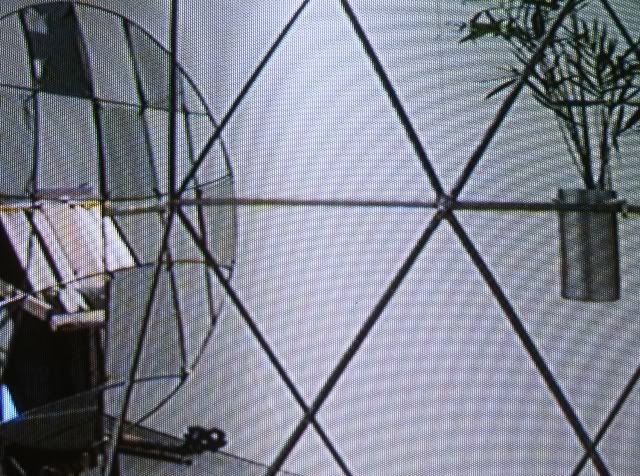 (Installation view: monitor detail. Image courtesy of Mark Selby)
(Installation view: monitor detail. Image courtesy of Mark Selby)
Essentially, when you enter the space there's just a big plywood box. A big plywood box and five TV monitors wrapped in smaller plywood boxes. That's it. You take it on trust that all the works are actually inside the big plywood box and that the representations on the TV monitors are indeed faithful. It's difficult to make out the quality of all the works on display, but some appear to have potential; some more than others. There's something about Adam Dix's two paintings I find attractive, but he's like a less good Andrew Hollis. One of the monitors shows a flaming pink pile of who knows what, which I gather is by Ismail Erbil and turns out to be Turkish tea glasses among other things. Faye Peacock's sound piece is rather clever in that she rang Mark Selby, the curator and also builder of the 'unobtrusive measure', i.e. the plywood box and CCTV cameras and monitors, and recorded their conversation without informing him she was doing so.
Having only just finished reading the accompanying text for the exhibition, I'm a bit disappointed to note that the curator was primarily concerned with the validity of actual versus secondhand observance, instead of simply playing with the idea of staging an exhibition that people can't see. It's not that I didn't like the exhibition, because I did; but I want to be free to make my own interpretation, my own reading. I don't want to be laden with art speak bullshit before I even set eyes on the work. Artists and curators: if you cannot tell me what your show is about in plain, good English, please don't tell me at all. Have the courage and confidence to let the work speak for itself.
